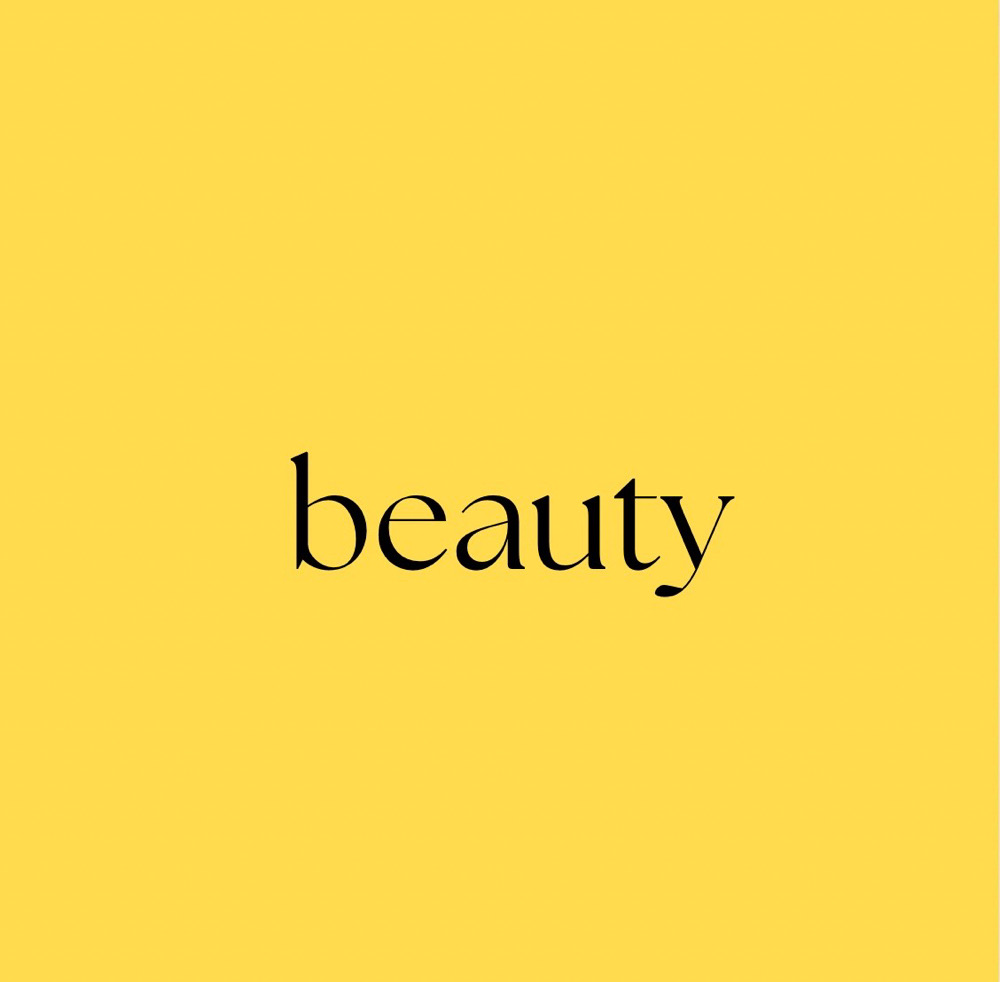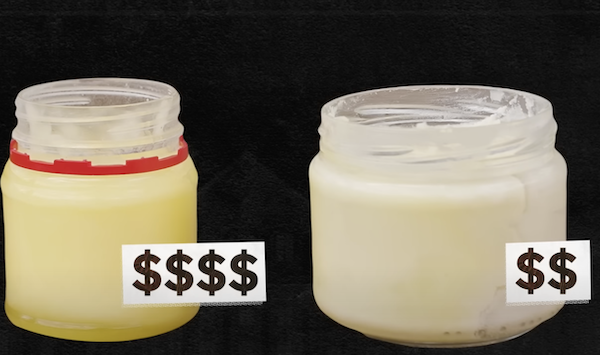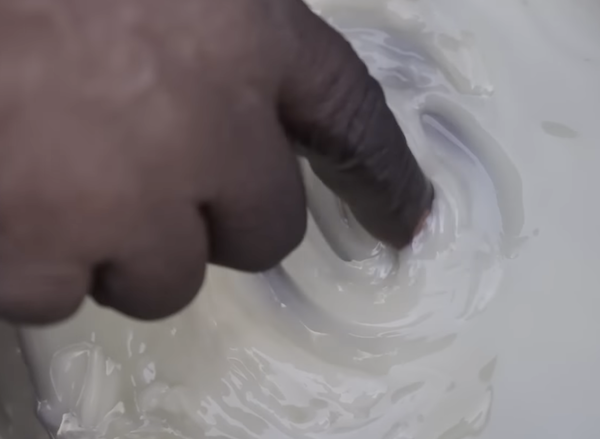




Why East African Shea Butter is More Expensive than the Western Shea Butter
Beauty Stories@beautystories
1 year ago
Shea butter, often referred to as "women's gold," has been an essential part of African culture and economy for centuries. Women across West Africa, particularly in Ghana, have mastered the labor-intensive process of transforming shea nuts into this versatile product, which has been used for skin and hair care, food, and medicine for at least 700 years. In recent decades, the global demand for shea butter has surged, turning it into a lucrative commodity. However, this increased demand has brought new challenges, including competition from large-scale producers and environmental threats such as deforestation.
While West African shea butter, derived from the paradoxa tree, is widely known, its East African counterpart, made from the nilotica subspecies, is gaining prominence. East African shea butter, known for its smoother texture and quicker absorption into the skin, is highly sought after in the cosmetics industry. Despite its superior qualities and growing demand, the production of East African shea butter faces significant hurdles, including limited supply, labor-intensive processes, and the ongoing deforestation crisis.
Read the conversation between Business Insider and locals
One Way to Make Shea Butter
Narrator: One way to make shea butter involves pounding and grinding dry shea nuts by hand. Another way requires two people to push a lever as a cold-press machine turns shea nut oil into a creamy pale-yellow butter. Regardless of the way it's done, producing shea butter is tedious work. And depending on how it's made, it can cost over $50 a kilo. But this isn't just any shea butter. This is East African shea butter, the most expensive version of the commonly known product. So, what makes East African shea butter different? And why is it so expensive?
What Makes East African Shea Butter Different
Narrator: When someone hears "shea butter," it's likely they think of the West African variety. But in East Africa, a different kind of shea nut grows, a subspecies called nilotica. The West African paradoxa tree is farmed, so it grows more abundantly, but nilotica isn't typically planted. It grows in the wild in East African countries like Uganda and Sudan. East African shea butter can cost more than double the West African alternative. That's because it's easier to spread and absorbs quickly into the skin.
Lucy: This is our nilotica. Very low melting point, like you see. When I spread, it easily melts. And within a few minutes, it will have sunk into my skin pores. But when we come to our West African shea butter, when you spread, this is how it turns out. It'll remain on top because of the waxy texture.
Narrator: That makes nilotica more desirable for cosmetics companies, which use it for butters, oils, and soaps. And according to Lucy, this is one of the reasons demand for East African shea butter has grown both locally and abroad. In Uganda, nilotica producers are trying to meet the growing demand.
Uganda Shea Butter
Narrator: Akello and her peers have been harvesting shea fruits since 5 a.m. They're part of the Corner Adwari Mooyao Women's Group, a self-help group for women in Uganda. In Uganda, shea producers are primarily organized in women's groups like this. They start their day early so they can pick the best fruits before other groups come. Akello and the other harvesters pick the fruits off the ground, once they've already fallen. Then they remove — and eat — the fruit to reveal the shea nut. They eat it because they won't need it to make the butter, and it's delicious.
Processing
Narrator: Quality control starts here, with only the best shea nuts moving on to processing. These are grade-A nuts, which are whole, undamaged, and untouched by insects. The nuts are then dried in the sun for a few days to reduce moisture. Next, they're carefully cracked and the kernels are dried again for two weeks. Now Akello can make the shea butter. It's usually done one of two ways, by hand or by machine, both requiring heavy manual labor.
Roasting
Narrator: Making shea butter by hand is an intensive process. After the nuts dry the second time, producers heat ash over a fire for 30 minutes. Then they roast the shea nuts in the ashes for another 45 minutes, stirring constantly. This helps prevent mold and deactivates free fatty acids, or FFAs, which are harmful to the body. But they have to be careful. Too much heat could lead to a dark oil with high, rather than deactivated, FFA levels. Then the women spread the nuts on the ground to cool off.
Narrator: Producers grind the nuts three times. They take turns pounding, then muddle the mixture further between rocks, and, finally, refine the mixture in a mill. This creates a paste, which they pour into hot water.
Refining
Narrator: Here, the oil they need for the butter separates from the paste. The oil is removed and packaged for sale locally, where a kilo costs over $5. It's mainly used for cooking, but locals also use it on their skin. And while it's still pricier than West African shea butter, this heat-processed butter is a more affordable alternative to cold-pressed nilotica. One kilo of cold-pressed East African shea butter can reach $12 in Uganda, and when exported, it's over four times that price. That's because cold-pressed shea butter is more refined. It's the cleanest way to extract the oil, which preserves the nuts' properties.
Narrator: After harvesting, drying, and grinding the shea nuts, producers place them in cloth bags and load them into a cold-press machine. They've had this machine since 1997. To use it, two people need to push each side of the lever in a circle, pressing and releasing the oil from the fat in the shea nuts. When left to rest, the oil hardens into shea butter. From nut to butter, the whole process can take three weeks. Today, producers prefer the cold-press method because they can make bigger batches of high-quality shea butter. It can also enhance some of the butter's most desired properties.
Narrator: Studies of nilotica have found that it has significantly higher oleic acid content than West African shea butter. It also has lower stearic acid content, which contributes to the softness of the butter. This is the West African shea butter, with a high melting point. And when it solidifies, it's really hard.
Narrator: Harder textures are more difficult to integrate into cosmetics. Lucy says that's why nilotica has the upper hand in cosmetics. Her American buyers prefer it because it absorbs faster into the skin. But nilotica has other special properties.
Lucy: The demand at the moment is growing because of these contents. The olein, vitamin E, and then it also has antioxidants that make it easy. Especially for cosmetics, it has to have a healing factor within it.
Narrator: This growing demand is being met with limited supply. The supply is a little lower because the number of producers is still a bit low.
Deforestation
Narrator: The shea tree fruits only once a year, and producers are still figuring out how to bulk their harvests. And while some efforts are underway to farm more shea trees, the nuts are primarily harvested in the wild, limiting producers further. Then there's deforestation. According to the Ugandan National Forest Authority, the country has lost 63% of its tree cover in the past 25 years. Locals use the wood for charcoal, firewood, and timber. But nilotica producers hope that as demand continues to grow and locals learn more about nilotica's value, they'll work to preserve the trees and in turn scale up production of East African shea butter.
Lucy: I believe if the marketing strategies are improved, we shall have more sales, more producers, and the more the buyers, of which the buyer is already out there.
Source: Business Insider.

